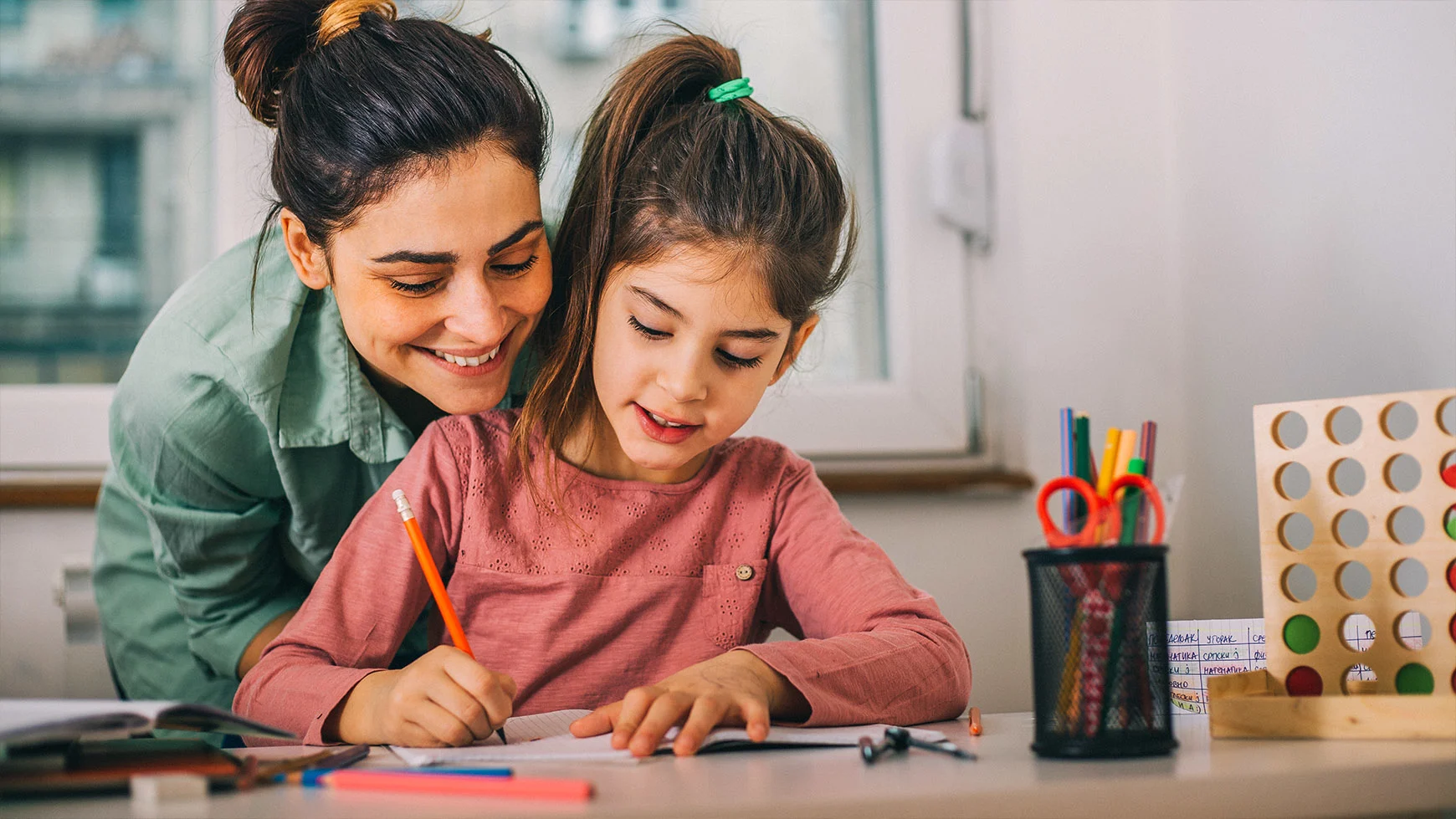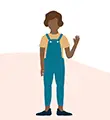Understanding ADHD in your child

ADHD is a very common condition in kids and adults. But kids who have it are often misunderstood. You may not yet know if your child has ADHD (also called ADD). But if your child has trouble with focus, or is hyperactive and impulsive, there are many ways to help at school and at home.
One of the myths about ADHD is that it’s not a “real” thing. Some people think kids are just being lazy or lack willpower. But ADHD is a biological condition caused by differences in certain areas of the brain. It also runs in families.
This overview can help you learn the basics about ADHD and lead you to more in-depth information. If you’re concerned your child has ADHD, here are steps you can take. And if your child was just diagnosed with ADHD, find out what to do next.
Signs of ADHD
Everyone shows signs of ADHD at one time or another. But kids with ADHD struggle a lot more with them than other kids their age. The key symptom is trouble with focus. Many kids also struggle with self-control or are hyperactive.
ADHD is a problem with a group of skills called executive function. These skills include organization and managing emotions, which are usually a struggle for kids with ADHD.
ADHD doesn’t look the same in all kids. And signs look different at different ages. Some may even disappear as kids get older, even though ADHD doesn’t go away.
There’s one confusing sign of ADHD. Kids who have trouble focusing most of the time can often “hyperfocus” or focus very well on things they find really interesting. For example, they might focus for hours on playing a sport but for only a few minutes on doing homework.
Here are some signs of ADHD you might see in different grades.
Preschool–Grade 2
Ignores directions or doesn’t follow them
Grabs things without permission
Needs to be frequently reminded to stop and listen
Gets up, fidgets, or talks when expected to be quiet
Grades 3–7
Seems daydreamy and distracted, and easily loses focus
Often loses or forgets things
Is often restless
Doesn’t think about consequences before doing things
Teens
Has trouble getting organized and prioritizing things
Acts impulsively or does risky things
Fidgets and talks too much
Has trouble meeting deadlines and finishing tasks
Find out what hyperactivity can look like in teens with ADHD.
Dive deeper
See a full list of signs of ADHD in kids of different ages.
Experience what ADHD is like for kids.
Learn how boys may experience ADHD versus how girls often experience it.
Finding out your child has ADHD
There aren’t any medical tests for ADHD. So evaluators use other methods to diagnose it. They ask parents to fill out detailed questionnaires about their child’s behavior. (Teachers may also get a questionnaire.)
Evaluators also interview kids and their parents or caregivers. They ask for a detailed history of the child’s health. They also ask about how the child functions at school, at home, and in social situations.
There are different types of professionals who diagnose ADHD in kids. They mostly work outside of schools, and many can look for other conditions that kids with ADHD often have. Two of the most common are anxiety and learning differences.
Kids can also get a free evaluation at school. This type of evaluation won’t lead to a diagnosis of ADHD. But it can pick up on some of the challenges that kids with ADHD have.
Dive deeper
Watch as an expert explains how ADHD is diagnosed.
Read about the connection between ADHD and anxiety.
How professionals can help with ADHD
There are a few treatment options for ADHD. Different professionals help with different ones.
Health care providers can prescribe and monitor medications for ADHD. They also fine-tune or switch medications until they find the right prescription for a child. Experts agree that medication is the most effective treatment for most kids with ADHD.
Mental health professionals help kids and families understand and cope with ADHD. Some may do behavior therapy. This is a reward system to help turn negative behaviors and habits into positive ones.
And school psychologists can help create plans to give kids with ADHD extra support at school. For example, a child might get accommodations to make it easier to focus in class.
Dive deeper
Read about ADHD treatment.
Learn about alternative treatments for ADHD.
See a list of professionals who help with ADHD.
How you can help your child with ADHD
Kids can learn to manage ADHD symptoms and thrive. Supporting your child starts with understanding what ADHD is and what it isn’t.
You can also:
Help your child manage screen time and cell phone use.
For more ideas, explore ADHD strategies to try at home. And find out what a mom wishes others knew about parenting a child with ADHD.
There’s an important piece of supporting your child that doesn’t have to do with skills. ADHD can have a big impact on self-esteem. You can help your child feel better about having ADHD, and be optimistic that things can get better. Just knowing you’re there to help can make a big difference.
Key takeaways
ADHD is common in kids.
ADHD isn’t a problem of laziness or willpower.
With the right support, kids with ADHD can thrive.






